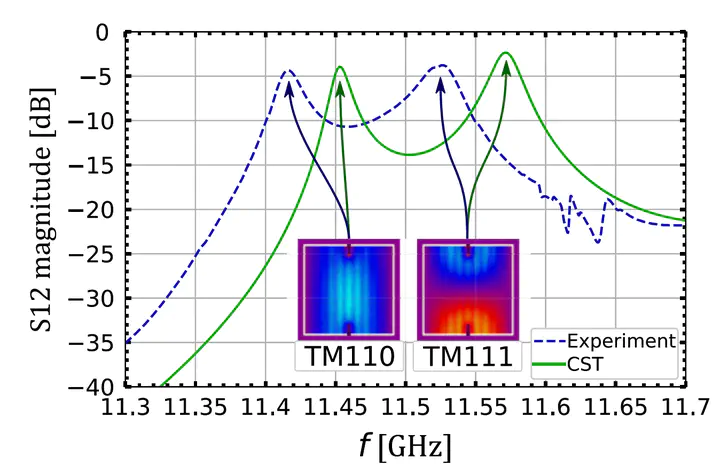 Image credit: Figure 14
Image credit: Figure 14Abstract
We summarise the recent progress of the Axion Longitudinal Plasma HAloscope (ALPHA) Consortium, a new experimental collaboration to build a plasma haloscope to search for axions and dark photons. The plasma haloscope is a novel method for the detection of the resonant conversion of light dark matter to photons. ALPHA will be sensitive to QCD axions over almost a decade of parameter space, potentially discovering dark matter and resolving the Strong CP problem. Unlike traditional cavity haloscopes, which are generally limited in volume by the Compton wavelength of the dark matter, plasma haloscopes use a wire metamaterial to create a tuneable artificial plasma frequency, decoupling the wavelength of light from the Compton wavelength and allowing for much stronger signals. We develop the theoretical foundations of plasma haloscopes and discuss recent experimental progress. Finally, we outline a baseline design for ALPHA and show that a full-scale experiment could discover QCD axions over almost a decade of parameter space.